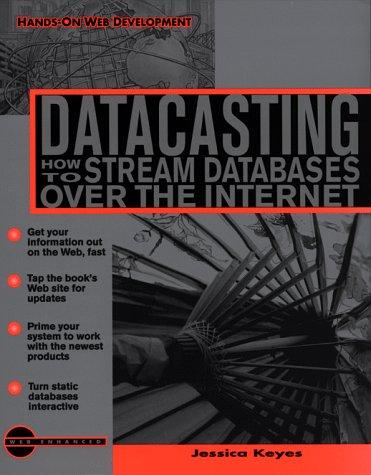Question
There are four traffic intersections in a square. 1 2 3 4 Cars enter at 4 coming from the south, and exit at 1, going
There are four traffic intersections in a square.
1 2
3 4
Cars enter at 4 coming from the south, and exit at 1, going north. The drivers can choose to turn left at 4, then turn right at 3, or go straight at 4, then left at 2, then right at 1. Right turn is allowed, after a stop, which adds 5 seconds to time to exit at 1. The lights at 2 and 4 have left turn arrows, and left turn is allowed on green.
Lights are left turn arrow, green, and red with the following number of seconds, all independent of each other, so the probability of getting a left arrow, green light, or red light will be the relative probabilities of each possibility.
Coming from the south:
Left arrow Green light Red light
1 10 40 40
2 15 30 50
3 15 55 30
4 10 40 35
Coming from the east, approaching 1 and 3, the times are
1 50 50
3 30 70
Left turn on green is permitted, with the probability 50% of being delayed 10 seconds by oncoming traffic.
Write a PYTHON program to simulate 10,000 cars traveling through the square and exiting, recording average time to transit the square. Assume it takes exactly one minute to drive the side of the square, adding the time required to wait at each light. Tally average time to transit the square according to each policy, the the decision to turn left at intersection 4 every time, go straight every time, or choose the best option at intersection 4.
There are three strategies:
1.Always turn left at 4
2.Always go straight at 4
3.Go straight at the light if it is green, otherwise turn left (possibly waiting for the turn arrow)
Determine the optimal strategy.
Step by Step Solution
There are 3 Steps involved in it
Step: 1

Get Instant Access to Expert-Tailored Solutions
See step-by-step solutions with expert insights and AI powered tools for academic success
Step: 2

Step: 3

Ace Your Homework with AI
Get the answers you need in no time with our AI-driven, step-by-step assistance
Get Started


